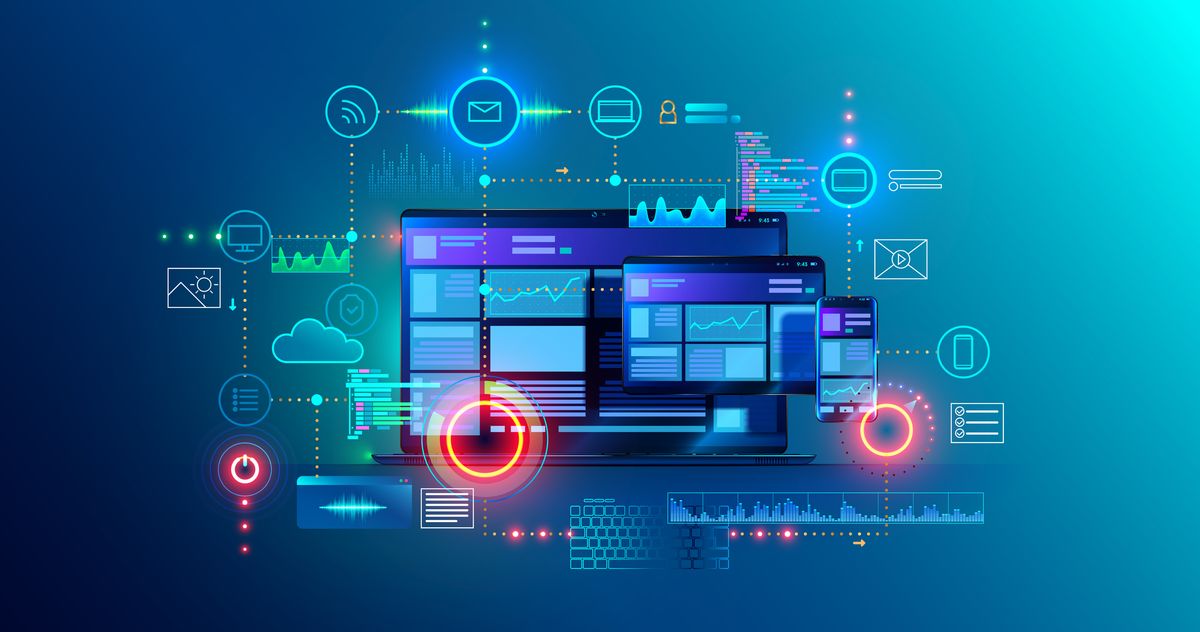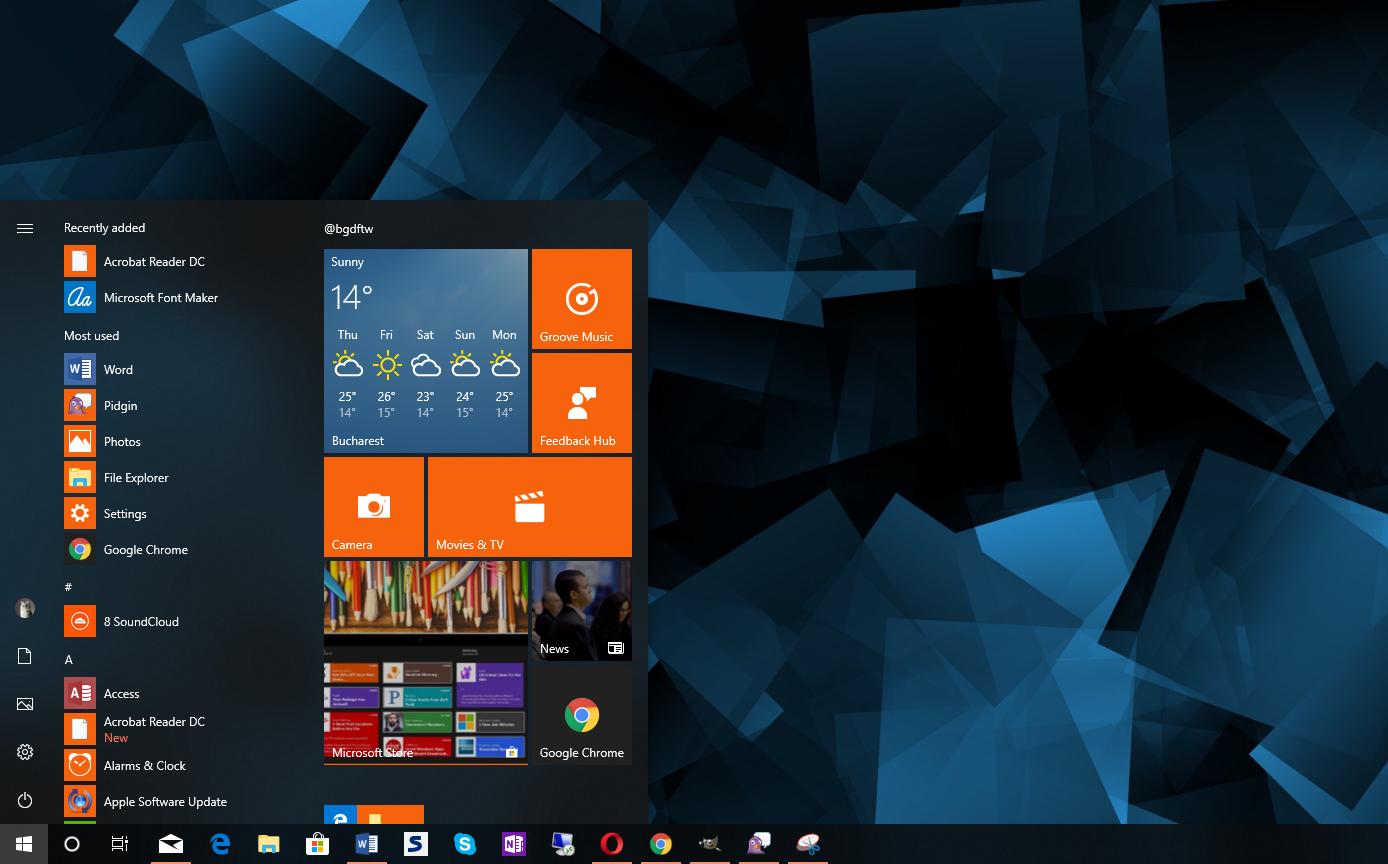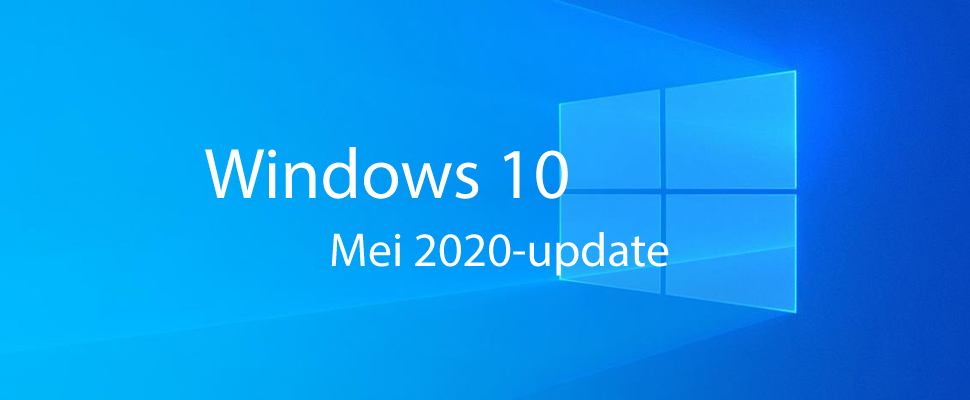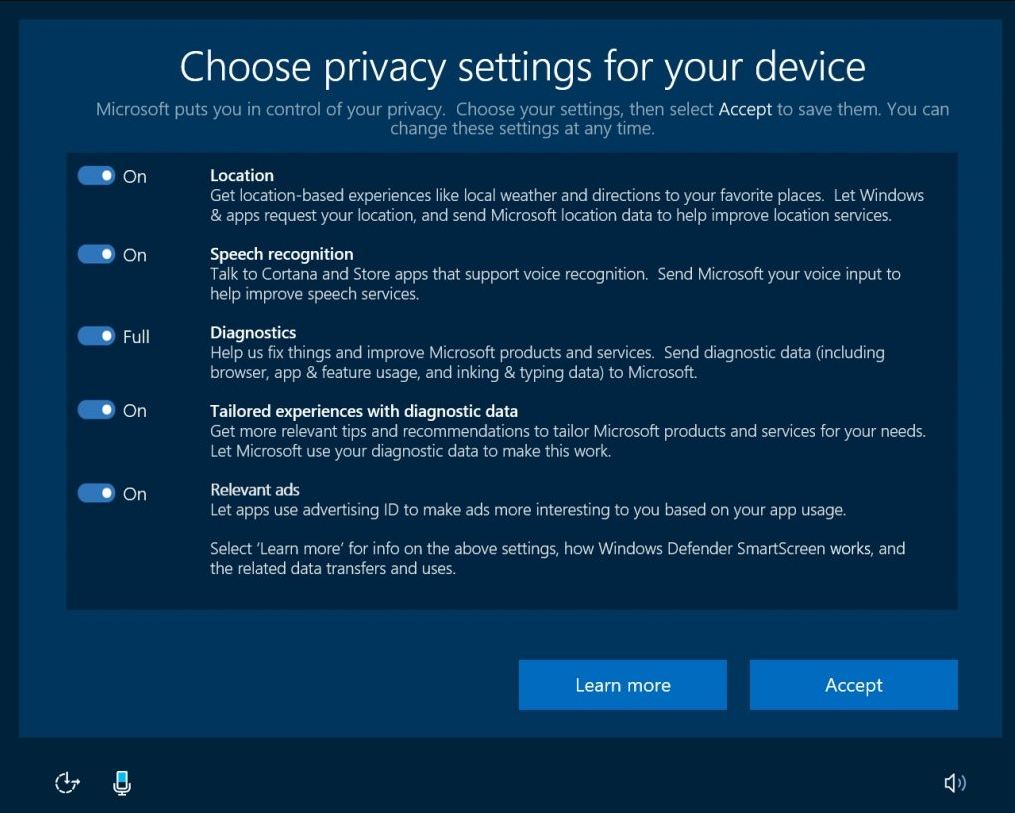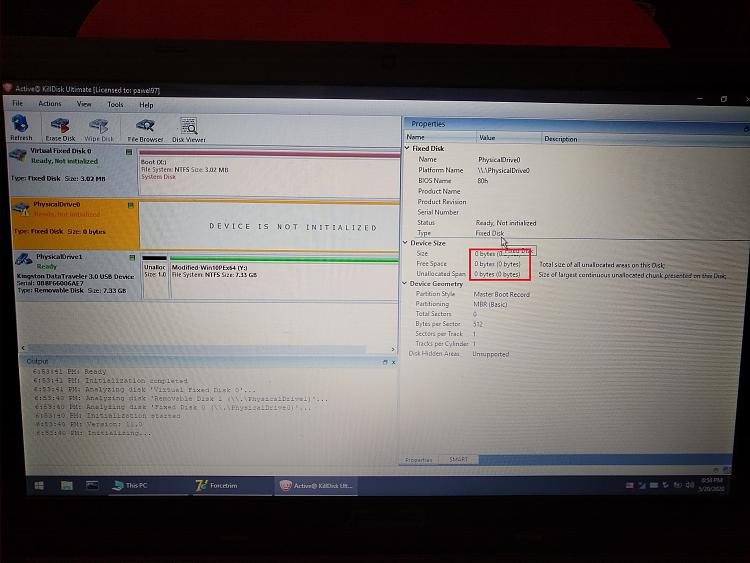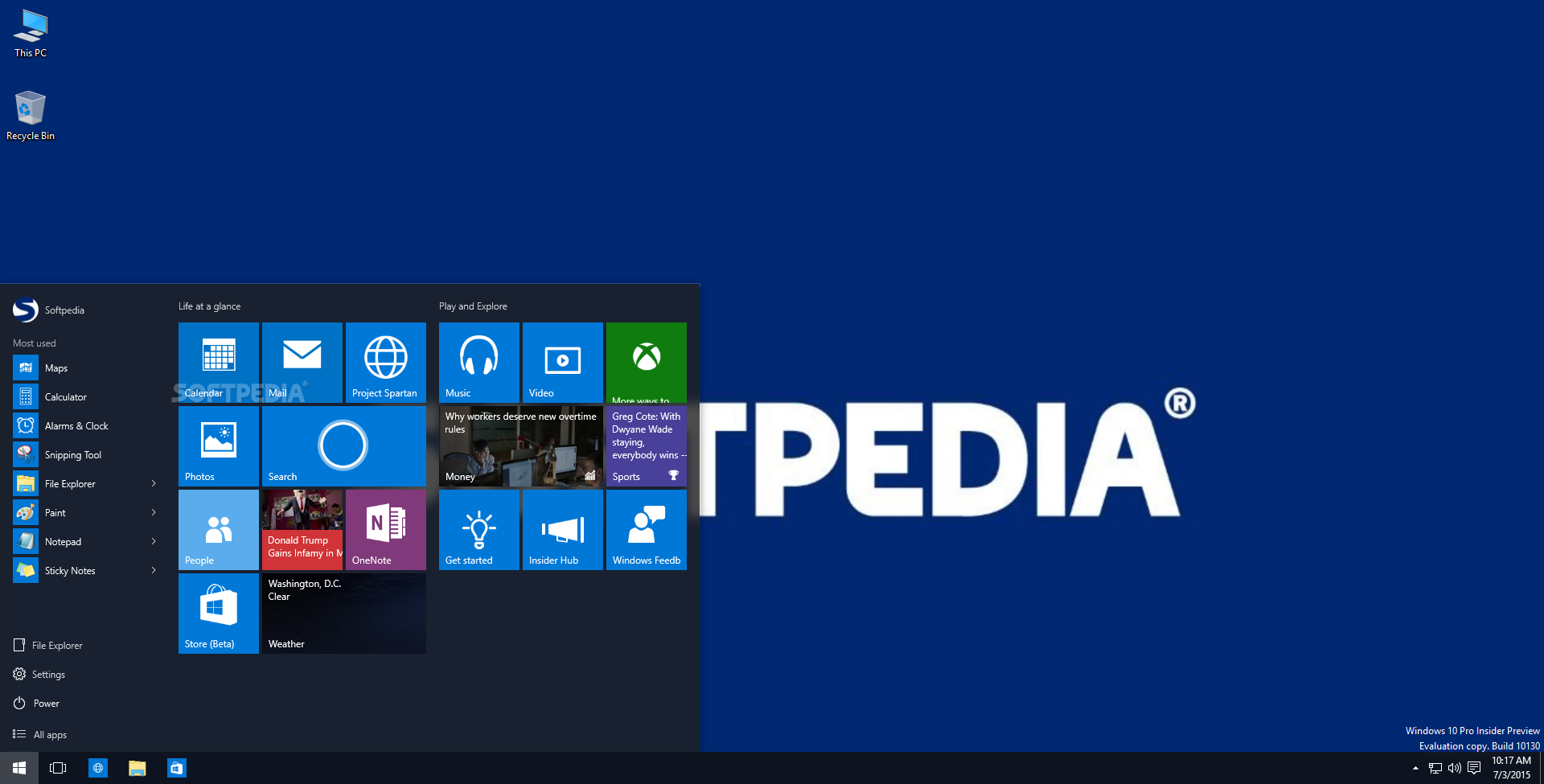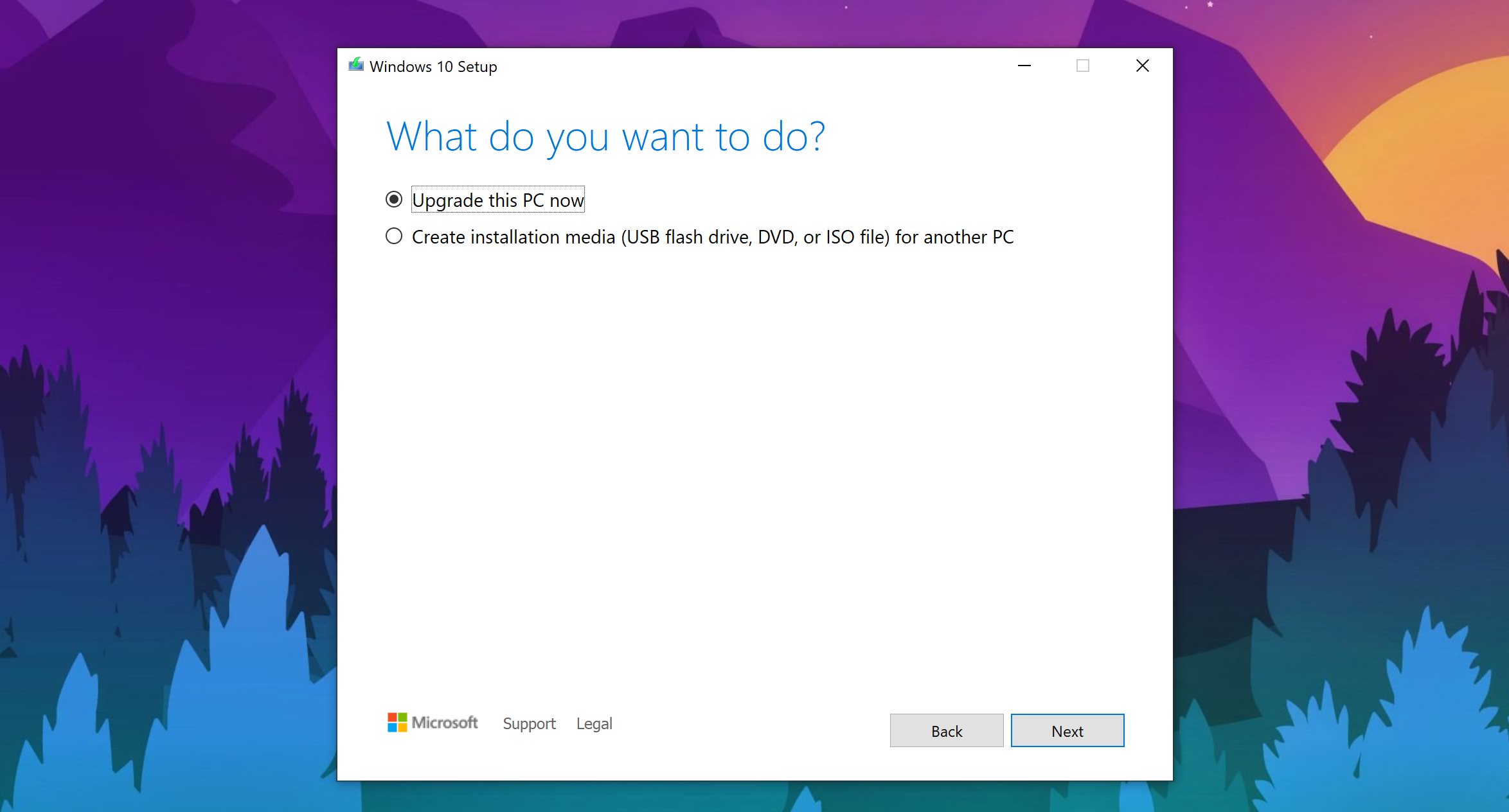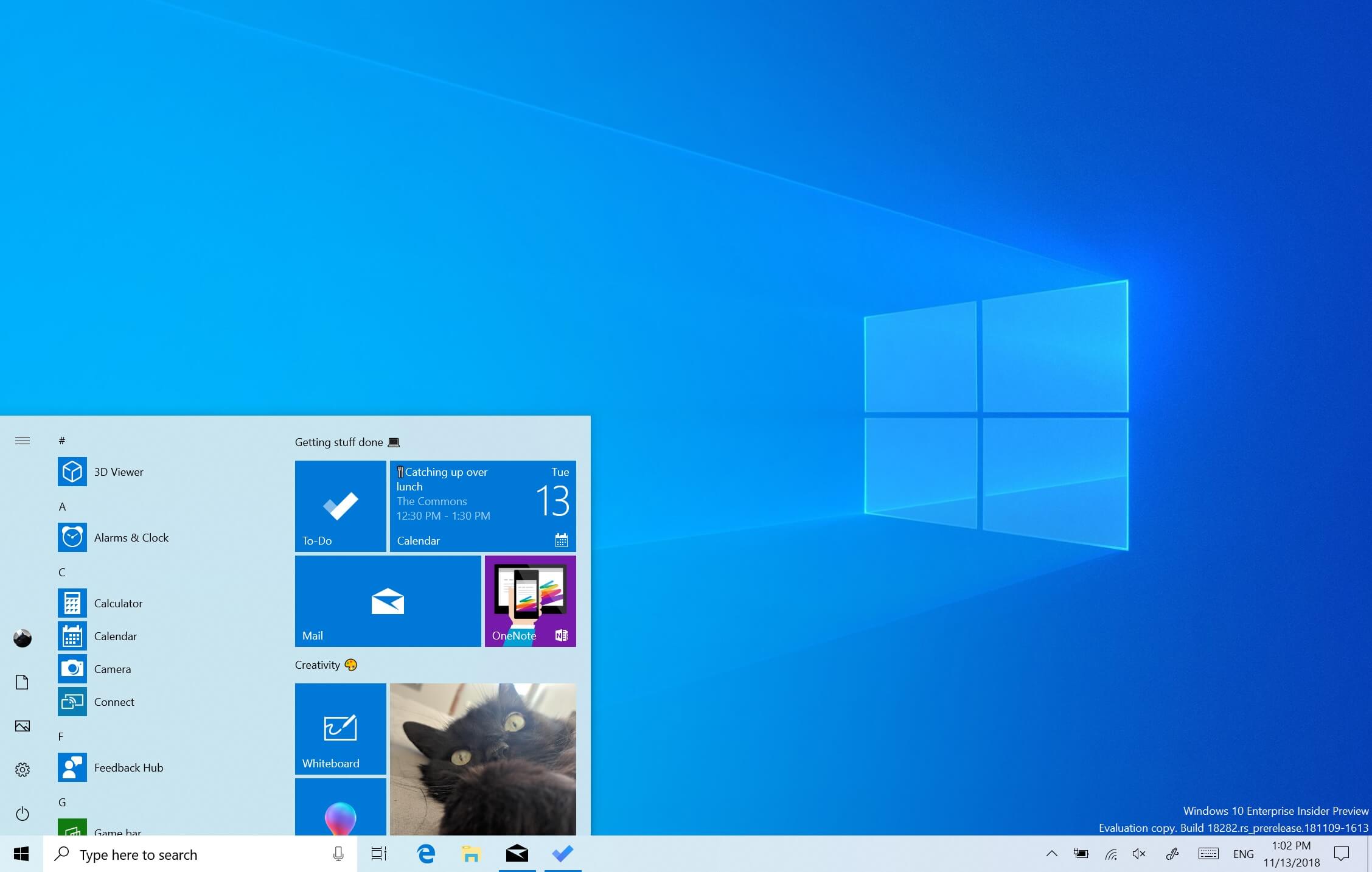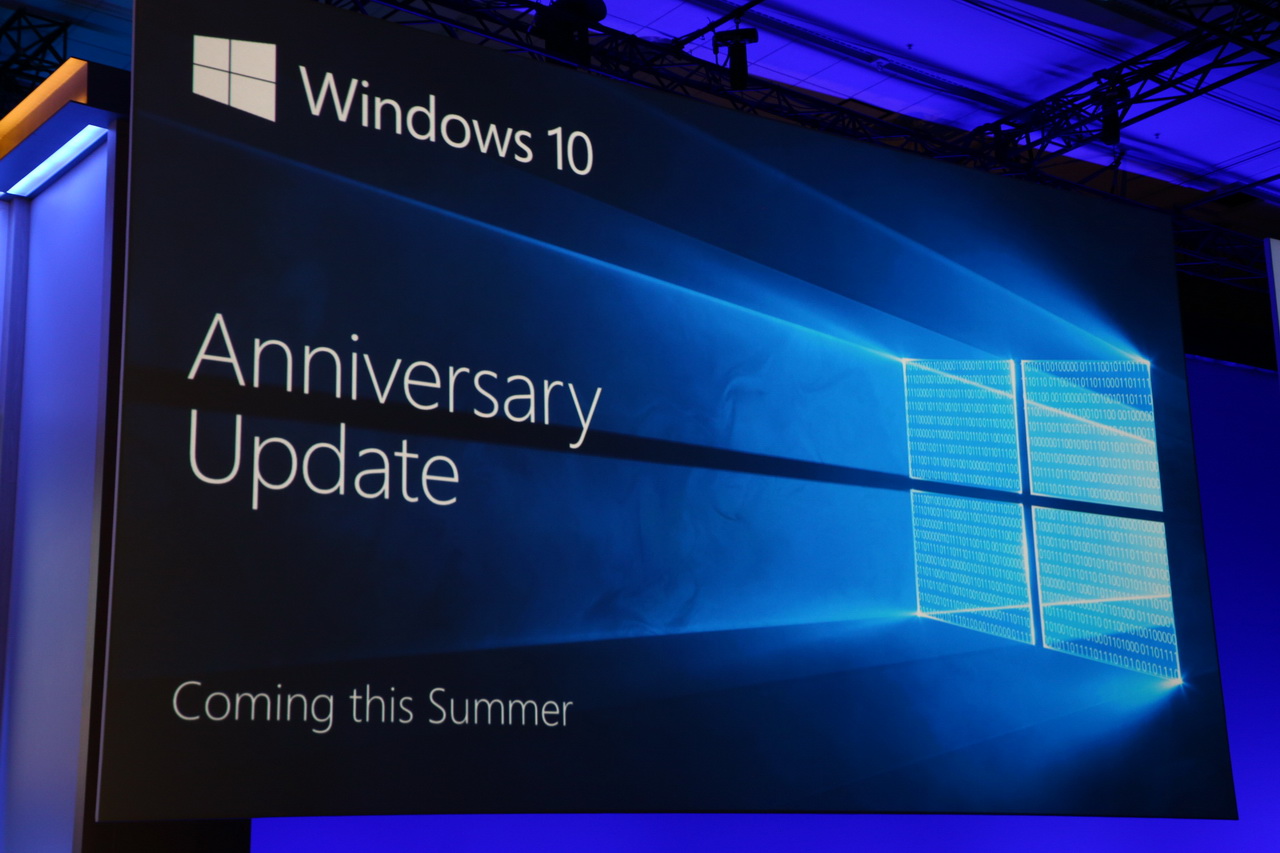Now that you have successfully upgraded to 10 and system properties says activated, you can now do a clean install of windows 10 using the media creation tool mentioned above. Just dont forget to backup your important files because this will wipe everything, hopefully taking all of the bugs with it. I'd also make sure you are on the latest bios for your machine. Once your system is shown as activated in the win 10 system, you can reinstall as much as you want unless u change your motherboard or change the majority of hardware that was installed when you upgraded.
Windows 10 uses your system hardware to create a "FINGERPRINT" of sorts of our system. I've found that changing the motherboard is the key hardware change that will de activate your system. Even if you're running good and decide to upgrade your motherboard, you'll probably lose your activation. You could always do a clean install of windows 7 or 8 using the serial number on your computer.
Once that is activated through Microsoft, you can then upgrade again to Microsoft Win 10 for free and Microsoft will remember your change/update. When installing clean from the media tool, when it asks for serial number or product key, just skip that part. Once online, Microsoft will activate your Win 10 automatically without entering a product key. Extended support until January 9, 2029The original release of Windows 10 receives mainstream support for five years after its original release, followed by five years of extended support, but this is subject to conditions.
Microsoft stated that these devices would no longer receive feature updates, but would still receive security updates through January 2023. Microsoft will continue to support at least one standard Windows 10 semi-annual channel release until October 14, 2025. 10 product keys, meaning they could be entered during installation to activate the free license, without the need to upgrade first to "activate" the hardware with Microsoft's activation servers. Since the release of Windows 10 version 1709, Microsoft decided to release multi-edition installation media, to alleviate installation and product activation issues users experienced because of accidentally installing the wrong Edition of Windows 10. Other critics argued that Microsoft should not have triggered any downloading of Windows 10 installation files without user consent. On May 2, 2017, Microsoft unveiled Windows 10 S , a feature-limited edition of Windows 10 which was designed primarily for devices in the education market , such as the Surface Laptop that Microsoft also unveiled at this time.
The OS restricts software installation to applications obtained from Microsoft Store; the device may be upgraded to Windows 10 Pro for a fee to enable unrestricted software installation. As a time-limited promotion, Microsoft stated that this upgrade would be free on the Surface Laptop until March 31, 2018. Windows 10 S also contains a faster initial setup and login process, and allows devices to be provisioned using a USB drive with the Windows Intune for Education platform. At the Build Conference in April 2014, Microsoft's Terry Myerson unveiled an updated version of Windows 8.1 that added the ability to run Windows Store apps inside desktop windows and a more traditional Start menu in place of the Start screen seen in Windows 8. The new Start menu takes after Windows 7's design by using only a portion of the screen and including a Windows 7-style application listing in the first column.
Myerson said that these changes would occur in a future update, but did not elaborate. Windows Phone 8.1 would share nearly 90% of the common Windows Runtime APIs with Windows 8.1 on PCs. The Windows 11 Update is consists of bug and security fixes and new features on the Latest Microsoft OS version.
So that you need to update if you want the existing OS version in your system. You need to simply download and install the PC Health Check App tool present on Microsoft's official website. After you successfully download it and install it in your system, it will run several tests that why your PC is having errors. Now with this, you will get several pops up regarding the errors which you need to fix. Configure, fix, reboot, upgrade perform all tasks to fix issues so that windows 11 can run smoothly on your PC.
If have any windows 11 related experience then share it with our viewers via commenting below. After the installation process is complete, you will need to activate Windows 10. For that, connect your machine to the internet and go to Windows Update and then Activation. There is another option in case online activation does not work.
You can enter the license key that you got with your copy of Windows 7 or Windows 8.1 and manually activate your Windows 10 from the Activation portal. Feature updates prior to version 1909 are distributed solely as an in-place upgrade installation, requiring the download of a complete operating system package (approximately 3.5 GB in size for 64-bit systems). Unlike previous builds, version 1909 is designed primarily as an update rollup version of 1903, focusing primarily on minor feature additions and enhancements.
For upgrades to 1909 from 1903, a new delivery method is used where its changes were delivered as part of the monthly cumulative update, but are left in a dormant state until the 1909 update "enablement" patch is installed. The full upgrade process is still used for those using builds prior to 1903. There are several known issues in this update, including one in which system and user certificates might be lost when updating a device from Windows 10 version 1809 or later to a later version of Windows 10.
In addition, devices with Windows installations created from custom offline media or custom ISO images might have the legacy version of Microsoft Edge removed by the update, but not automatically replaced by the new Microsoft Edge. Click OK to be redirected to a web page where you can download the latest version of your ESET product. All settings and license information will automatically be transferred.
If you experience issues during the upgrade process, contact ESET Technical Support. BigFix OS Deployment supports in-place upgrade installations to Windows 10 from Windows 7 Service Pack 1, Windows 8, Windows 8.1 update, and from Windows 10 to a later build. The clients that you upgrade must be at BigFix version 9.2.5 or later.
In-place upgrade installs Windows 10 without previously removing the older version of the operating system on the client computer. The process automatically maintains existing settings, programs, and data. Before you begin the in-place upgrade, it is best practice to back up your systems. In March 2016, some users also alleged that their Windows 7 and 8.1 devices had automatically begun upgrading to Windows 10 without their consent.
In June 2016, the GWX dialog's behavior changed to make closing the window imply a consent to a scheduled upgrade. It was concluded that these users may have unknowingly clicked the "Accept" prompt without full knowledge that this would begin the upgrade. The upgrade offer was marketed and initiated using the "Get Windows 10" application, which was first downloaded and installed via Windows Update in March 2015.
Registry keys and group policies could be used to partially disable the GWX mechanism, but the installation of patches to the GWX software via Windows Update could reset these keys back to defaults, and thus reactivate the software. Third-party programs were also created to assist users in applying measures to disable GWX. A new iteration of the Start menu is used on the Windows 10 desktop, with a list of places and other options on the left side, and tiles representing applications on the right. The menu can be resized, and expanded into a full-screen display, which is the default option in Tablet mode.
A new virtual desktop system was added by a feature known as Task View, which displays all open windows and allows users to switch between them, or switch between multiple workspaces. Universal apps, which previously could be used only in full screen mode, can now be used in self-contained windows similarly to other programs. Program windows can now be snapped to quadrants of the screen by dragging them to the corner. When a window is snapped to one side of the screen, Task View appears and the user is prompted to choose a second window to fill the unused side of the screen (called "Snap Assist"). According to Windows Latest, users of Windows 7 and Windows 8 can upgrade to Windows 10 and get a genuine license without having to pay anything extra.
This is good news for people who are stuck on older Windows versions, especially those running Windows 7. Microsoft officially announced the end of support for Windows 7 in January earlier this year. And while Windows 8 users may still have time, it will not be long before Microsoft pulls the plug on another one of its operating systems. Note that Windows will not ask you to provide a product key.
To confirm it, launch Settings, select Update & Security, then click on Activation. The first step in this process is buying a Windows 10 license. As Windows 7 users can no longer upgrade to Windows 10 for free, you'll need to buy a Windows 10 product key through Microsoft or any other authorized retailer.
You can also try to get Windows 10 for free if you meet the requirements. Critics have acknowledged that Microsoft's update and testing practices had been affecting the overall quality of Windows 10. In particular, it was pointed out that Microsoft's internal testing departments had been prominently affected by a major round of layoffs undertaken by the company in 2014.
Microsoft relies primarily on user testing and bug reports via the Windows Insider program , as well as correspondence with OEMs and other stakeholders. In the wake of the known folder redirection data loss bug in the version 1809, it was pointed out that bug reports describing the issue had been present on the Feedback Hub app for several months prior to the public release. Following the incident, Microsoft updated Feedback Hub so that users may specify the severity of a particular bug report.
10 heavily emphasizes freemium services, and contains various advertising facilities. Some outlets have considered these to be a hidden "cost" of the free upgrade offer. The Windows Runtime app ecosystem was revised into the Universal Windows Platform . These universal apps are made to run across multiple platforms and device classes, including smartphones, tablets, Xbox One consoles, and other devices compatible with Windows 10. Developers can allow "cross-buys", where purchased licenses for an app apply to all of the user's compatible devices, rather than only the one they purchased on (e.g., a user purchasing an app on PC is also entitled to use the smartphone version at no extra cost).
On September 30, 2014, Microsoft officially announced that Threshold would be unveiled during a media event as Windows 10. Myerson said that Windows 10 would be Microsoft's "most comprehensive platform ever", providing a single, unified platform for desktop and laptop computers, tablets, smartphones, and all-in-one devices. He emphasized that Windows 10 would take steps towards restoring user interface mechanics from Windows 7 to improve the experience for users on non-touch devices, noting criticism of Windows 8's touch-oriented interface by keyboard and mouse users. Despite these concessions, Myerson noted that the touch-optimized interface would evolve as well on 10. Windows 10 received mostly positive reviews upon its original release.
Critics also praised the improvements to Windows 10's bundled software over Windows 8.1, Xbox Live integration, as well as the functionality and capabilities of the Cortana personal assistant and the replacement of Internet Explorer with Microsoft Edge. Windows 10 is a major release of the Windows NT operating system developed by Microsoft. It is the successor to Windows 8.1, which was released nearly two years earlier, and itself was released to manufacturing on July 15, 2015, and broadly released for the general public on July 29, 2015. Windows 10 was made available for download via MSDN and TechNet, as a free upgrade for retail copies of Windows 8 and Windows 8.1 users via the Windows Store, and to Windows 7 users via Windows Update.
Windows 10 receives new builds on an ongoing basis, which are available at no additional cost to users, in addition to additional test builds of Windows 10, which are available to Windows Insiders. Devices in enterprise environments can receive these updates at a slower pace, or use long-term support milestones that only receive critical updates, such as security patches, over their ten-year lifespan of extended support. If your hardware is still relatively performant, upgrading is pretty straightforward, and you won't even have to lose any data or program files.
Windows 10 includes a legacy mode for running older applications, so most of what you'd want to run will still run in the new OS. And once you upgrade to Windows 10, you'll get free OS updates and features for free from then on. How to Free Update Windows 10, WIN 7, 8 Version to Windows 11 New OS releases Microsoft. Windows 11 Free Upgrade in India and Fix Error Secure Boot unsupported problem. If you are one of those users who are searching for How to get windows 11 Free Updates on 10 and 7 older version Home, Pro, and Ultimate edition then you are at the right place.
From the time Microsoft has launched Windows 11 many users are facing an update error problem to Free upgrade and update in Windows 11 Free in India when releasing it too. Now on countering many windows users we got to know that a small percentage of users are not even aware of the fact that their windows first need to fix all errors before they run windows 11 Update in India on it. Also that, your system must be equipped with all the system requirements of windows 11 like BIOS, Processor, RAM Size, Memory , TPM etc. I wrote and published the first version of this post in early 2017, several months after Microsoft's initial free upgrade offer ended. The free upgrade offer had just ended, and when I downloaded the Windows 10 upgrade tool and ran it on an old Windows 7 PC, I fully expected that the upgrade would fail activation and I'd be asked for a product key. On May 18, Microsoft announced the availability of Windows 10 version 21H1, known as the May 2021 Update.
But the launch of a major Windows 10 update isn't the end of a process — it's really just the beginning. As soon as one of Microsoft's twice-yearly feature updates is released, the company quickly gets to work on improving it by fixing bugs, releasing security patches, and occasionally adding new features. The download option, meanwhile, lets you create an installation media on a CD or USB so you can completely erase your hard drive, do a clean install, and upgrade to Windows 10. You also can double-click the ISO file to mount it and open the Setup.exe file in the folder to proceed. Beginning with Intel Kaby Lake and AMD Bristol Ridge, Windows 10 is the only version of Windows that Microsoft will officially support on newer CPU microarchitectures.
Terry Myerson stated that Microsoft did not want to make further investments in optimizing older versions of Windows and associated software for newer generations of processors. In addition, an enthusiast-created modification was released that disabled the check and allowed Windows 8.1 and earlier to continue to work on the platform. As of the May 2019 update, the minimum disk space requirement has been increased to 32 GB. In addition, on new installations, Windows permanently reserves up to 7 GB of disk space in order to ensure proper installation of future feature updates.
Enterprise licensees may use the Windows 10 Enterprise LTSC edition, where "LTSC" stands for "long-term servicing channel", which only receive quality of life updates (i.e. security patches), and has a full, 5 or 10-year support lifecycle for each build. This edition is designed for "special-purpose devices" that perform a fixed function . For this reason, it excludes Cortana, Microsoft Store, and all bundled Universal Windows Platform apps . Windows 10 is often described by Microsoft as being a "service", as it receives regular "feature updates" that contain new features and other updates and fixes. In April 2017, Microsoft stated that these updates would be released twice a year every March and September in the future.
Mainstream builds of Windows 10, until and including 2004, were labeled "YYMM", with "YY" representing the two-digit year and "MM" representing the month of release. For example, version 1809 was released in September of 2018. This was changed with the 20H2 release where "MM" represents the half of the year in which the update was released, for example H1 for the first half and H2 for the second half.
